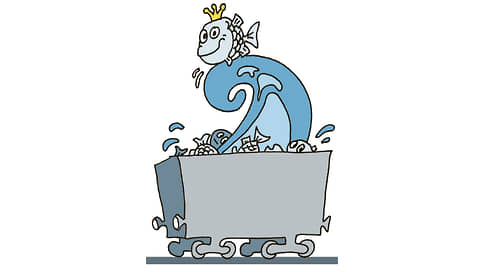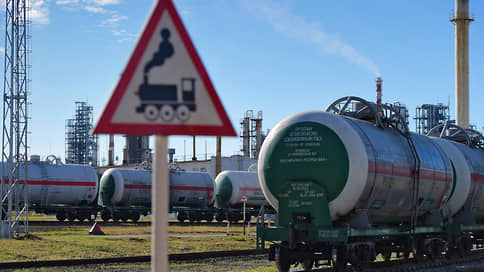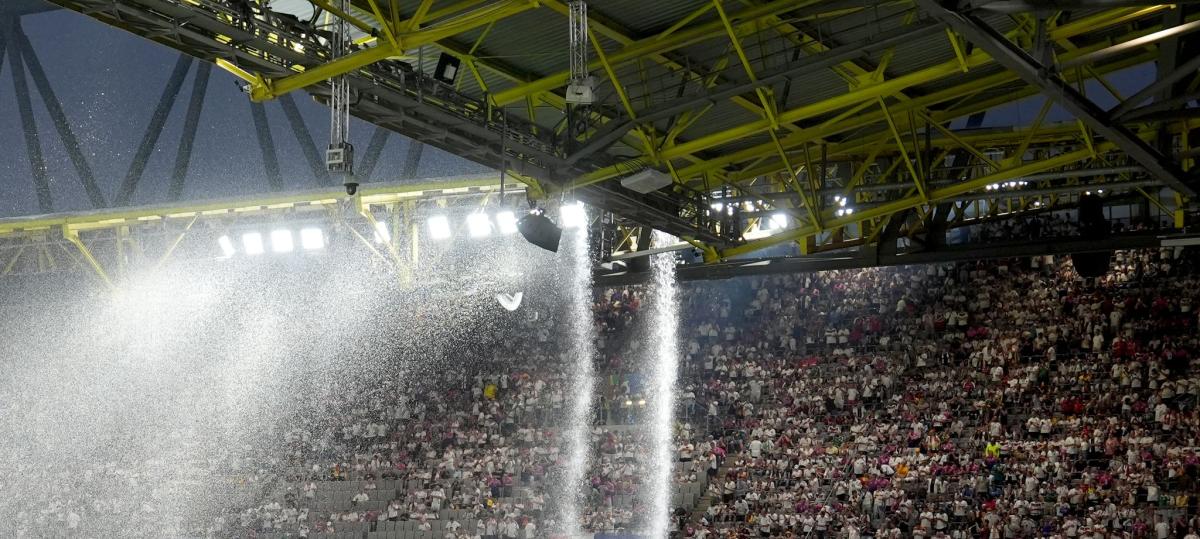The government does not plan to additionally maintain tariffs for fish transportation

The government proposes to consider the completed implementation of the Decree of the President of the Russian Federation on the leveling of tariffs for railway transportation of fish from the Far East. The measures taken have already allowed to stabilize the cost of logistics, but the delivery of refrigerated containers with fish to central Russia costs two to three times more than sending universal wagons. This negatively affects the consumer prices for the most affordable fish, such as pollen and pink salmon.
The Government of the Russian Federation does not see the advisability of taking additional measures to equalize tariffs for railway transportation of fish products from the stations of the Far East. This follows from the “Kommersant” copy of a letter sent by Deputy Prime Minister Vitaly Savelyev Vladimir Putin. The presidential instructions regarding the equalization of tariffs are proposed to be considered executed by removing them from control.
Vitaly Savelyev in circulation indicates that the measures taken already contribute to the leveling of tariff conditions.
The cost of transporting goods with thermal containers, containers-platforms and special-purpose containers equated to them from January 1, 2025 were not indexed by 5%, unlike the total tariff grid. 50 percent subsidizing the transportation of a milky, salmon and sardine Ivasi is provided. Also, Russian Railways can independently set discounts up to 50% of tariffs.
The situation with the tariffs for the transportation of fish has long remained the subject of discussions and regulation. The cost of transportation in refrigerated containers is two to three times higher than in universal ones, they say in the associations of grocery sector organizations (ASORPS). The organization consider the difference unreasonable: tariffs for refracters are attached to the cost of logistics in isothermal rolling stock, although it is only about providing a path.
76% of Russian fish are caught in the Far East, so the problem of the cost of transportation is more acute than for other industries, says Dmitry Krasnov, managing director of the Center for Competence in the agricultural sector “Rexoft Consulting”.
The fishing union indicates that in total from the Far East to other regions of the country in 2024, 785 thousand tons of fish and seafood were delivered.
A year by the year, the indicator decreased by 10%, the share of railway transport was 26%. Another 72% of the supplies were vehicles. The Aporps notes that the market share is shifted in favor of car transportation. The volume of transportation along the Northern Sea Route is traditionally very modest.
The press service of Russian Railways explained “Kommersant” that in the first quarter of 2025, the loading of fish from the Primorsky Territory amounted to 178.5 thousand tons, declining by 4.8% a year by the year. But in March, growth was recorded – by 3.6%, up to 70 thousand tons. The company believes that subsidizing has a positive effect on the volume of fishing by rail. Russian Railways expects to increase the volume of transportation of fish products, noticing that subsidized goods have priority when receiving applications for transportation in limiting areas.
According to the estimates of the market participants, in January 2025 the average cost of railway transportation of fish in a 40-foot refrigerated container to St. Petersburg amounted to 27.9 thousand rubles. per ton, Moscow – 27 thousand rubles, Novosibirsk – 17.7 thousand rubles. During the year, values increased by 22.5%, 22.4% and 16.5%, respectively. The tariff of Russian Railways, when delivered from the Far East to the European part of Russia, is no more than 5% of the retail price of seafood, say in the state monopoli.
The Fisheries Union calculated that in the first quarter of 2025, the average cost of transportation by rail from the Far East to Moscow without a subsidy amounted to 9.3% of the consumer price for frozen indestructible fish and 4.5% of fillets. By the year, the first value was reduced by 0.1 percentage points, and the second – increased by 0.4 points. It all depends on the seasonal market conditions, changes in world prices for certain types of fish, explains Alexander Efremov, managing director of Dobroflot Group of Companies. This year, according to his estimates, at the wholesale price of frozen pink salmon, the figure reaches 7%, herring and sardines – 25%.
Dmitry Krasnov explains that transportation tariffs are most significant for inexpensive fish – polions, pink salmon, etc. Even a small correction here is reflected at the final price for the consumer.
Subsidies, according to Alexander Efremov, are very limited and cover the insignificant volume of transportation of fish products. The limit of transportation at preferential tariffs, 70 thousand tons, was chosen this year in two months, says Mr. Krasnov.
The high cost of logistics complicates deliveries to the domestic market. Export is carried out by sea and therefore costs cheaper. According to market participants, in January, the sending of fish in a 40-foot refractor on a ship to Pusan (South Korea) cost an average of $ 59.3, or 4.9 thousand rubles. per ton. This leads to the fact that Russian fish is preferable to go abroad, explains Alexander Efremov. Dmitry Krasnov believes that to maintain the availability of fish in Central Russia, it is required to expand the refracter park and the development of alternative routes, in particular, Severomorput.








